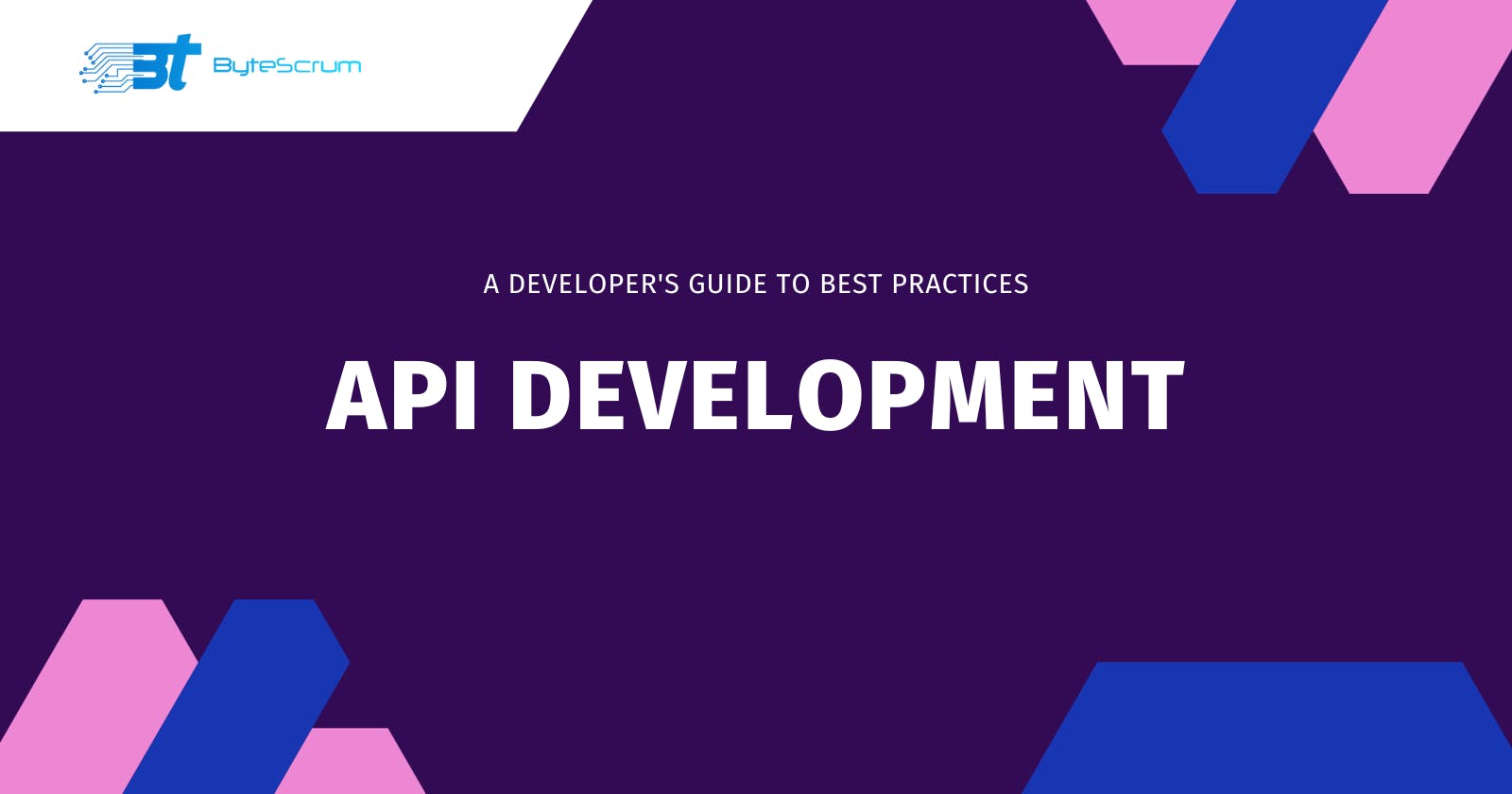Crafting Robust APIs: A Developer's Guide to Best Practices
Empowering Developers with the Foundations of Seamless Integration
Table of contents
- 1. Consistent and Intuitive Naming Conventions:
- 2. RESTful Design Principles:
- 3. Versioning for Future Compatibility:
- 4. Error Handling with Descriptive Messages:
- 5. Authentication and Authorization:
- 6. Rate Limiting for API Protection:
- 7. Documentation as a Developer's Compass:
- 8. Request and Response Consistency:
In the ever-evolving landscape of software development, APIs (Application Programming Interfaces) stand as the backbone of seamless communication between different systems. Whether you're building an application from scratch or enhancing an existing one, adhering to API development best practices is crucial for creating robust, scalable, and maintainable interfaces. Let's dive into some key principles that can elevate your API development game.
1. Consistent and Intuitive Naming Conventions:
Choosing clear and consistent names for your endpoints and methods makes your API more user-friendly. Developers consuming your API should intuitively understand the purpose of each resource and method, fostering a smoother integration experience.
// Good example
GET /users
POST /users
PUT /users/{id}
2. RESTful Design Principles:
Follow RESTful principles to create a logical and predictable API structure. Leverage HTTP methods appropriately, and use resource URIs that reflect the entities they represent. This not only enhances readability but also simplifies the learning curve for developers.
// Example of RESTful resource
GET /articles
POST /articles
PUT /articles/{id}
DELETE /articles/{id}
3. Versioning for Future Compatibility:
Implement versioning in your API to ensure backward compatibility as you introduce updates. This allows existing users to stick with a particular version while new users can adopt the latest enhancements.
// Versioned API example
/api/v1/users
/api/v2/users
4. Error Handling with Descriptive Messages:
Effective error handling is vital for a positive developer experience. Provide clear and informative error messages, along with appropriate HTTP status codes, to guide developers in troubleshooting issues.
// Example of informative error response
{
"error": {
"code": 404,
"message": "User not found",
"details": "The requested user with ID 007 does not exist."
}
}
5. Authentication and Authorization:
Secure your API by implementing proper authentication and authorization mechanisms. Whether it's API keys, OAuth, or JWT tokens, ensure that only authorized users can access and modify sensitive data.
// Authentication header example
Authorization: Bearer <token>
6. Rate Limiting for API Protection:
Prevent abuse and ensure fair usage by implementing rate limiting. Define sensible rate limits for different types of requests to protect your server from potential malicious activities.
// Rate limiting example
X-RateLimit-Limit: 1000
X-RateLimit-Remaining: 950
X-RateLimit-Reset: 1609459200
7. Documentation as a Developer's Compass:
Comprehensive and up-to-date documentation is a non-negotiable aspect of API development. Use tools like Swagger or OpenAPI to automatically generate documentation that covers endpoints, request/response formats, and authentication requirements.
8. Request and Response Consistency:
Maintain consistency in your request and response structures. This predictability simplifies the integration process for developers, reducing the likelihood of errors.
// Consistent request and response example
// Request
{
"name": "Sanjay Singh",
"email": "sanjay@bytescrum.com"
}
// Response
{
"id": 123,
"name": "Sanjay Singh",
"email": "sanjay@bytescrum.com"
}
Summary
Stay Connected for More Insights:
Thank you for joining us on this journey through API development best practices. For more tips, insights, and updates on the evolving landscape of software development, follow us on our social media channels. Stay tuned for future guides, tutorials, and discussions that empower developers like you.
🚀 Follow Us on Twitter: @bytescrum
🌐 Connect with Us on LinkedIn: ByteScrum Technologies
Let's continue to build a vibrant community of developers shaping the future of technology. See you in the next chapter!

